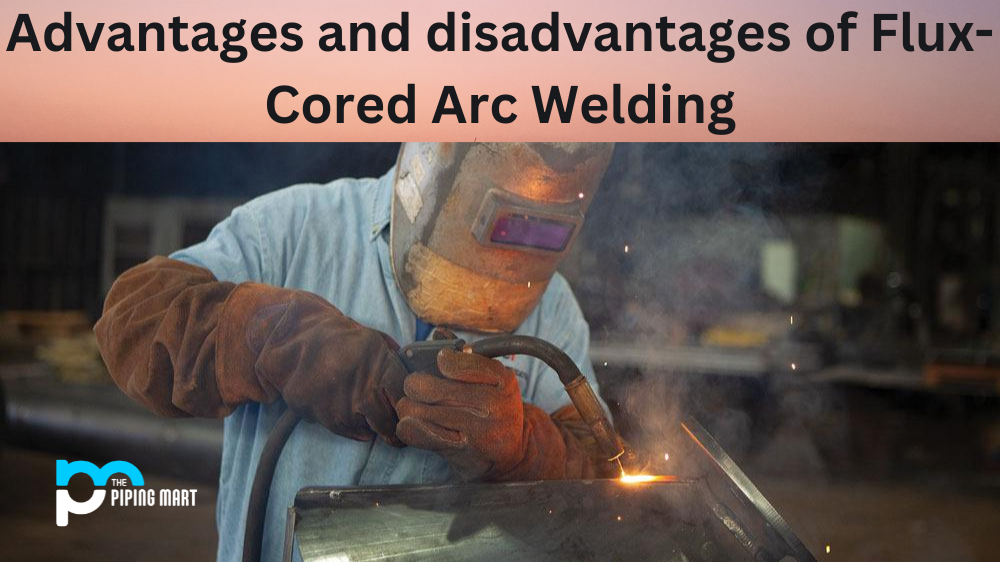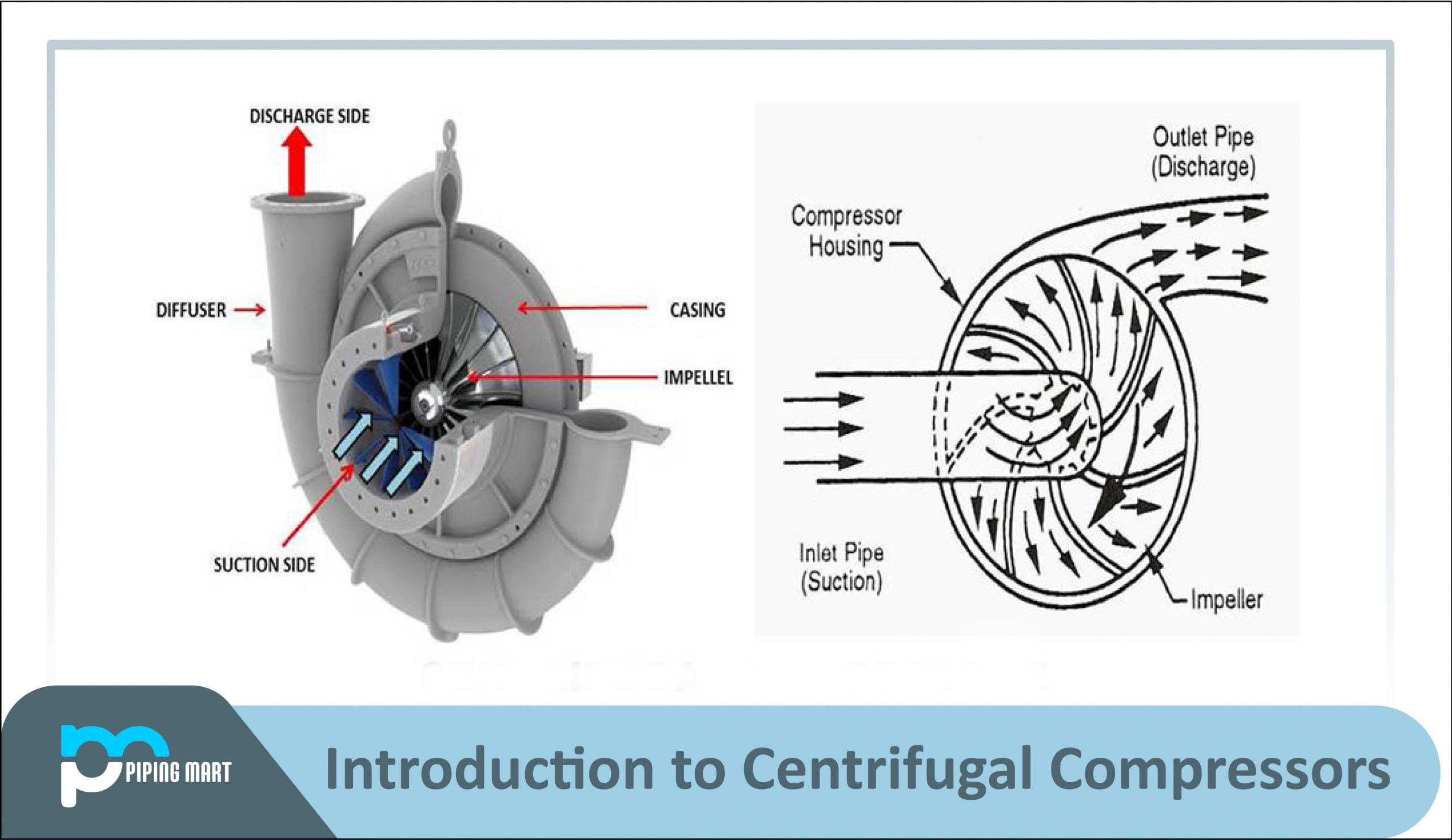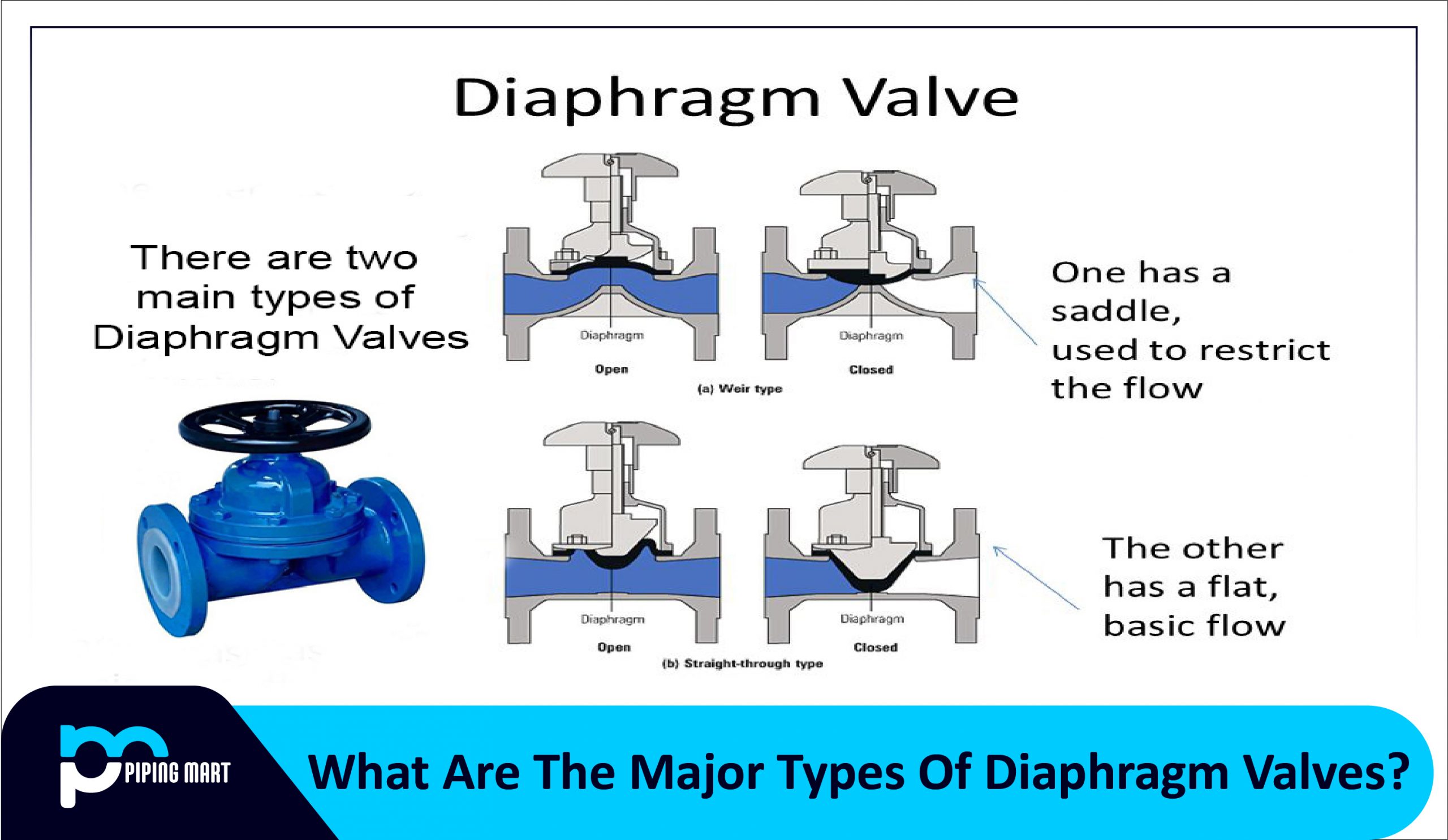Flux-cored arc welding (FCAW) is an effective and efficient way to join metals together. It offers a variety of advantages, but there are also some drawbacks that should be considered before this process is utilized. Let’s take a look at the pros and cons of flux-cored arc welding so you can make an informed decision about whether this process is right for your project.
Advantages of FCAW
One major advantage of flux-cored arc welding is its portability. This type of welding does not require a shielding gas tank, which makes it much more portable than other types of welding that do require a gas tank. It also allows for faster travel speed, which means it can be used in outdoor settings with more wind exposure than other processes. Additionally, FCAW has a deep penetration rate due to its high amperage. This deeper penetration rate gives welders more leeway when joining thicker pieces of metal together or when repairing damaged metal components. Finally, FCAW requires less power supply voltage than other types of welding, so the equipment needed is relatively inexpensive compared to other options.
Increased Productivity
Flux-cored arc welding is a highly productive welding process. This is because it is a continuous welding process, which means that the welder does not have to stop and start the weld each time they reach the end of a joint. This can help to increase productivity as it reduces the overall welding time.
Reduced Welding Costs
Flux-cored arc welding can also help to reduce welding costs. This is because it is a more efficient welding process than other methods, such as stick welding. Additionally, flux-cored arc welding produces less weld slag, which means that there is less material waste.
Increased Deposition Rate
Flux-cored arc welding also has a higher deposition rate than other welding processes. This means that more weld material can be deposited in a shorter period of time, which can help to improve productivity.
Reduced Heat Input
Flux-cored arc welding also has a lower heat input than other welding processes. This means that less heat is transferred to the base metal, which helps to reduce distortion and warping. Additionally, it can help to improve the quality of the weld as it reduces the risk of burns and other defects.
Increased Portability
Flux-cored arc welding is also a more portable welding process than other methods. This is because it does not require an external power source, such as a generator or an electrical outlet. This makes it an ideal choice for welders who are working in remote locations or who do not have access to traditional power sources.
Disadvantages of FCAW
There are also some drawbacks associated with flux-cored arc welding that should be taken into consideration before utilizing this process on any given project. For one thing, FCAW produces much greater amounts of smoke than other forms of welding, so proper ventilation must be taken into account in order to maintain safe working conditions for welders and those in the vicinity. Additionally, since FCAW uses wire electrodes filled with flux powder instead of solid rods like many other types of welding processes do, it can produce spatter that needs to be removed from the finished product through grinding or by using another finishing tool. Finally, because flux-cored wire burns hotter than most solid wires used in welding processes, it can cause warping if too much heat is applied to the workpiece during the joining process.
Limited to Thin Materials
Flux-cored arc welding is not well-suited for welding thick materials. This is because the flux-cored wire used in this type of welding is not as strong as solid wire and therefore is not able to provide adequate support for thicker materials. Additionally, the heat generated by flux-cored arc welding is not as intense as that generated by other welding methods, making it more difficult to weld thicker materials.
Requires More Power
Flux-cored arc welding also requires more power than other welding methods. This is because the flux-cored wire used in this type of welding is not as conductive as solid wire and therefore requires more power to heat up and weld. Additionally, the amount of heat generated by flux-cored arc welding is not as intense as that generated by other welding methods, meaning that more power is required to weld thicker materials.
More Expensive
Another disadvantage of flux-cored arc welding is that it is more expensive than other welding methods. This is because the flux-cored wire used in this type of welding is more costly than solid wire, and therefore the overall cost of the equipment and supplies needed for this type of welding is higher. Additionally, because flux-cored arc welding requires more power than other methods, the cost of electricity needed to run the equipment is also higher.
More Dangerous
Flux-cored arc welding also poses a greater risk to both the welder and those nearby than other welding methods. This is because the flux-cored wire used in this type of welding can emit harmful fumes that can be dangerous to inhale. Additionally, the heat generated by flux-cored arc welding can be extremely hot, making it a fire hazard if proper precautions are not taken.
Conclusion:
Flux-cored arc welding offers many advantages over other types of welding processes, as well as disadvantages that should be taken into consideration before utilizing this method on any given project. The portability and fast travel speed make it an ideal option for outdoor projects, while its deep penetration rate gives welders more leeway when joining thicker pieces or repairing damaged metal components. On the downside, it produces higher levels of smoke and spatter than many other forms and can potentially warp workpieces due to its high heat output if not used properly by experienced professionals familiar with this type of process. With all these factors in mind, you will have no problem deciding whether FCAW is right for your next project!

Abhishek is a seasoned blogger and industry expert, sharing his insights and knowledge on various topics. With his research, Abhishek offers valuable insights and tips for professionals and enthusiasts. Follow him for expert advice on the latest trends and developments in the metal industry.




